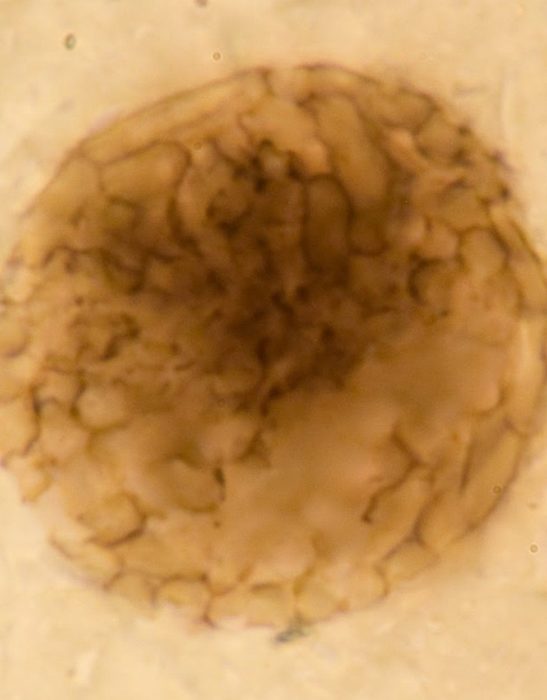Apr 29 2021
Evolution of Multicellularity
 When studying the history of life evolutionary biologists and paleontologists have no choice but to look where the light is good. There are fossil windows into specific times and places in the past, and through these we glimpse a moment in biological history. We string these moments together to map out the past, but we know there are a lot of missing pieces.
When studying the history of life evolutionary biologists and paleontologists have no choice but to look where the light is good. There are fossil windows into specific times and places in the past, and through these we glimpse a moment in biological history. We string these moments together to map out the past, but we know there are a lot of missing pieces.
One relatively dark passage in the history of life is the evolution of multicellularity. Beginning about 541 million years ago (mya) we can see the beginning of the Cambrian explosion – the appearance of a vast diversity of multicellular life. But this “explosion” was only partly due to rapid adaptive radiation, it is also an artifact of the evolution of hard parts that can fossilize. That development turned on the lights. The earliest known single-celled organisms are 3.77 billion years old, so we have a 3 billion year time span during which a lot must have happened. We know from changes in the atmosphere that cells evolved that could use sunlight to produce oxygen, and other critters evolved to eat them.
What we don’t have good fossil evidence for is the path from single-celled organisms to multicellular organisms. We simply don’t have any good windows into this time period, but we do occasionally get bits of information. What we do have are creatures from the Ediacaran period from 635 to 541 mya. The Ediacaran fauna or biota are multicellular tubes or flat frond-shaped creatures. These are soft-bodies creatures so only special fossil conditions allowed for their preservation, so examples are rare. Initially it was thought that the Ediacaran fauna may have been an early dead-end in multicellularity, but more recent evidence suggests some of them may have been the ancestors to Cambrian life.
A new fossil discovered in Loch Torridon in Scotland may give us a tiny window into an even earlier stage of the evolution of multicellular life. The so-called Torridonian sequence contains a large array of microfossils from about 1 billion years ago. One of them, Bicellum brasieri, is essentially a sphere of cells – but it is a sphere of two different kinds of cells.
In the center of the sphere are roundish cells. But on the outside are elongated “sausage-shaped” cells. Could this be a relative of early multicellular creatures, when they just started evolving the process of differential cell development? The question for these fossils is (and here comes the new bit) – are these cells like a colony creature in a symbiotic relationship, or are they developmentally related?
Well, the new study finds evidence of transitional cells, migrating from the center to the outer later, and transforming into elongated cells. This suggests this is a truly multicellular creature. That’s pretty exciting.
Examination of this fossil also finds differential adhesion – the mechanism by which cells stick to each other in a multicellular creature. So we may be seeing the evolution of one of the basic properties of multicellular creatures, a way to cause differential development in cells based upon their location in the overall organism. This is as basic as you can get – a sphere with cells toward the center developing one set of features while cells on the outside develop another. From this, and a billion years of evolutionary tinkering, we get all of modern multicellular life.
Hopefully the Torridonian sequence has more information for us waiting to be discovered. It is an important fossil window. But also we can always hope that new fossil windows will be discovered. There is as much time between Bicellum and the simple creatures of the Cambrian as there is between those simple creatures and people. There is hundreds of millions of years of evolution, during which life figured out all the basic principles of being multicellular, still largely unknown. But these creatures were all soft-bodied, and so only rarely fossilized. So we have to get lucky.






